Upper back pain is a condition in which pain occurs from just below the cervical vertebrae to the vertebrae just above the lumbar vertebrae. This pain can seriously affect daily activities and cause difficulty sleeping, according to the health website Healthline (USA).

Muscle strain is a common cause of upper back pain.
PHOTO: AI
Potential causes of upper back pain include:
Muscle tension
Upper back strains are often caused by overuse, poor exercise technique, or sudden movements. These strains can cause inflammation, resulting in pain, stiffness, and limited mobility.
People who play sports or perform repetitive activities are prone to muscle strain. To treat it, the patient needs to rest, apply ice and limit exercise. In some cases, physical therapy is necessary to help restore muscle function quickly and prevent recurrence of the injury.
Herniated disc
A herniated disc occurs when the soft, inner part of a disc slips through its fibrous outer layer. In some cases, the herniation can press on surrounding nerves. Although more common in the lower back, a herniated disc can also occur in the upper back, causing pain, numbness, or weakness in the affected area.
Common causes of disc herniation include natural degeneration due to aging, trauma, or pressure on the spine due to repetitive movements. Common treatments include physical therapy, medication, or surgery in severe cases.
Nerve compression
A pinched nerve in the upper back occurs when surrounding tissues, such as bones, muscles, or tendons, put excessive pressure on a nerve. The result is pain, tingling, numbness, or weakness in the affected area.
Common causes include a herniated disc, arthritis, or repetitive movements that cause damage. Treatment includes rest, physical therapy, and medication. In some cases, your doctor may recommend surgery to relieve pressure on the nerve.
Arthritis
Arthritis, especially osteoarthritis, can affect the small joints of the spine, leading to upper back pain. This is a degenerative condition that occurs when the cartilage between bones wears away, causing the ends of the bones to rub against each other, causing inflammation and pain. Common symptoms include stiffness and persistent pain.
Patients can be treated with medication, physical therapy, and lifestyle adjustments to suit their condition. In severe cases, surgery is necessary to help improve function and reduce pain, according to Healthline .
Source: https://thanhnien.vn/4-nguyen-nhan-pho-bien-gay-dau-lung-tren-185250428175113816.htm




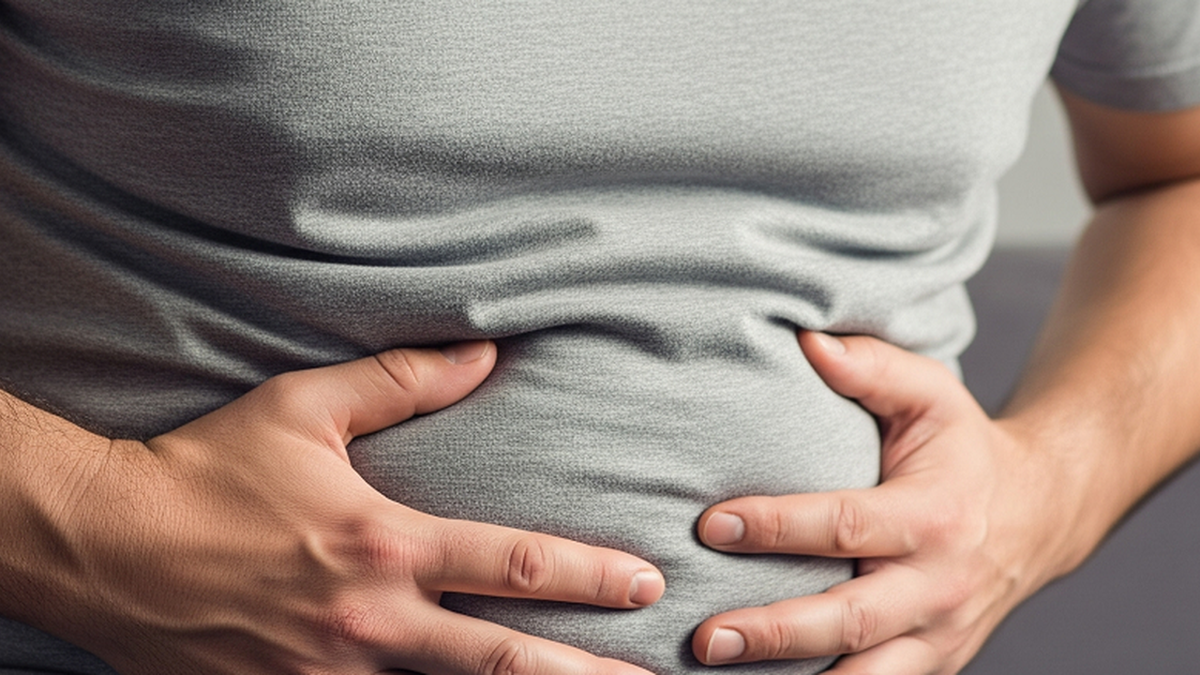

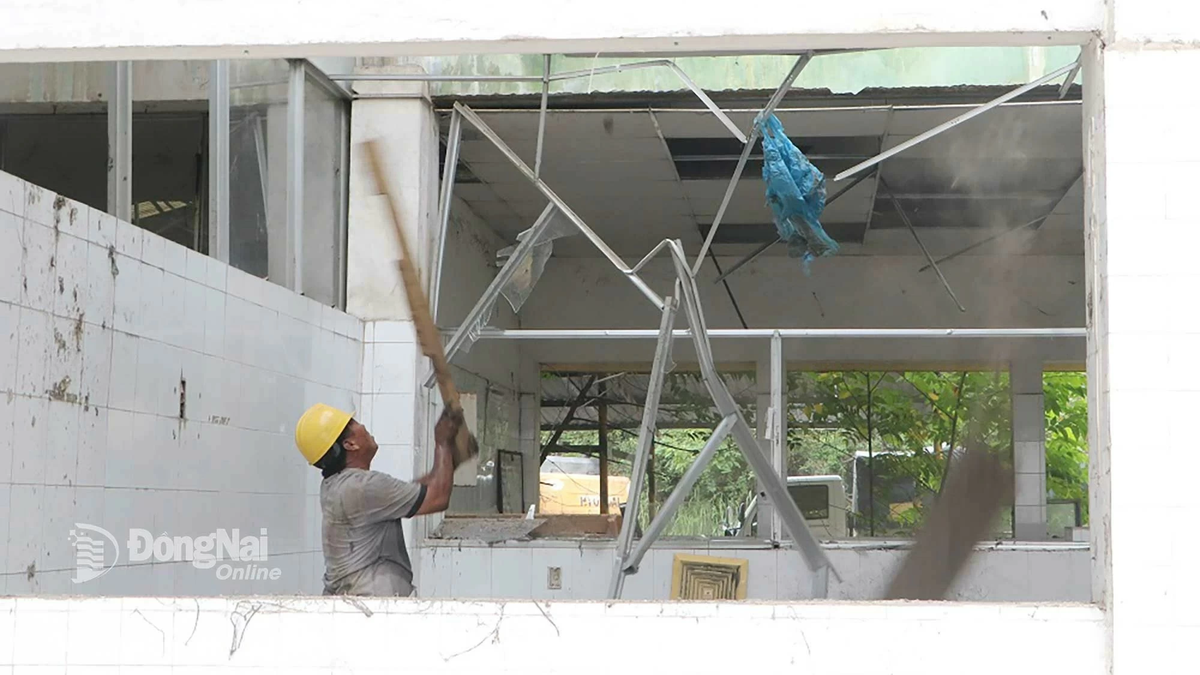
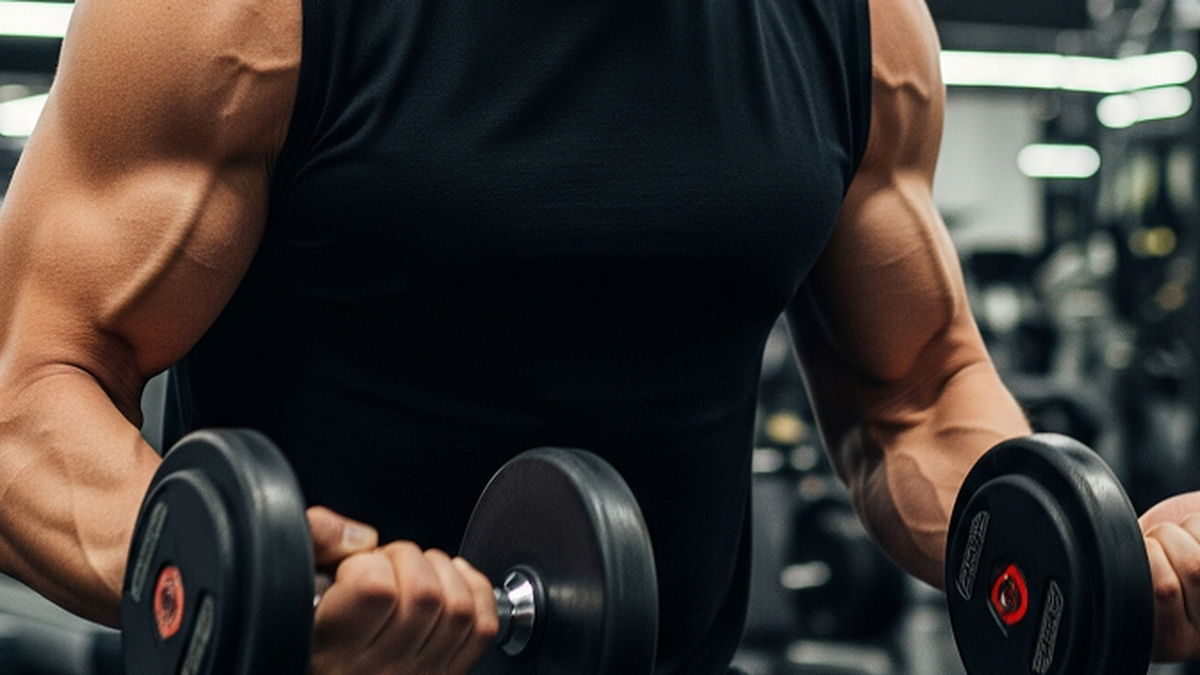



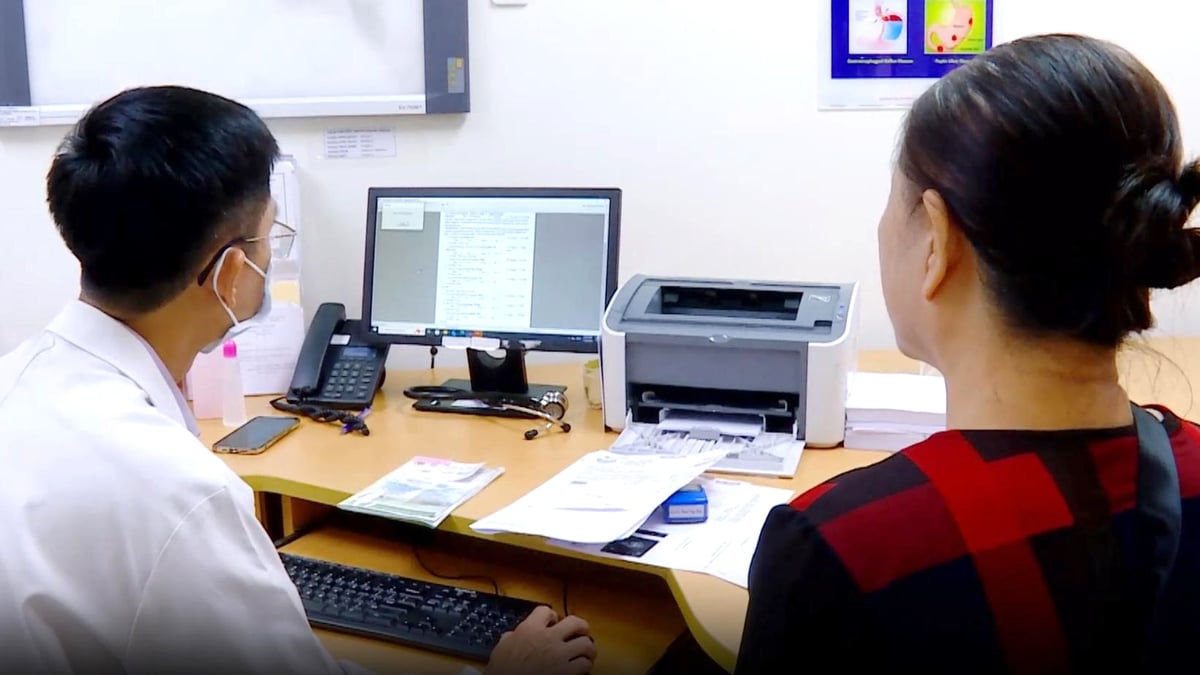











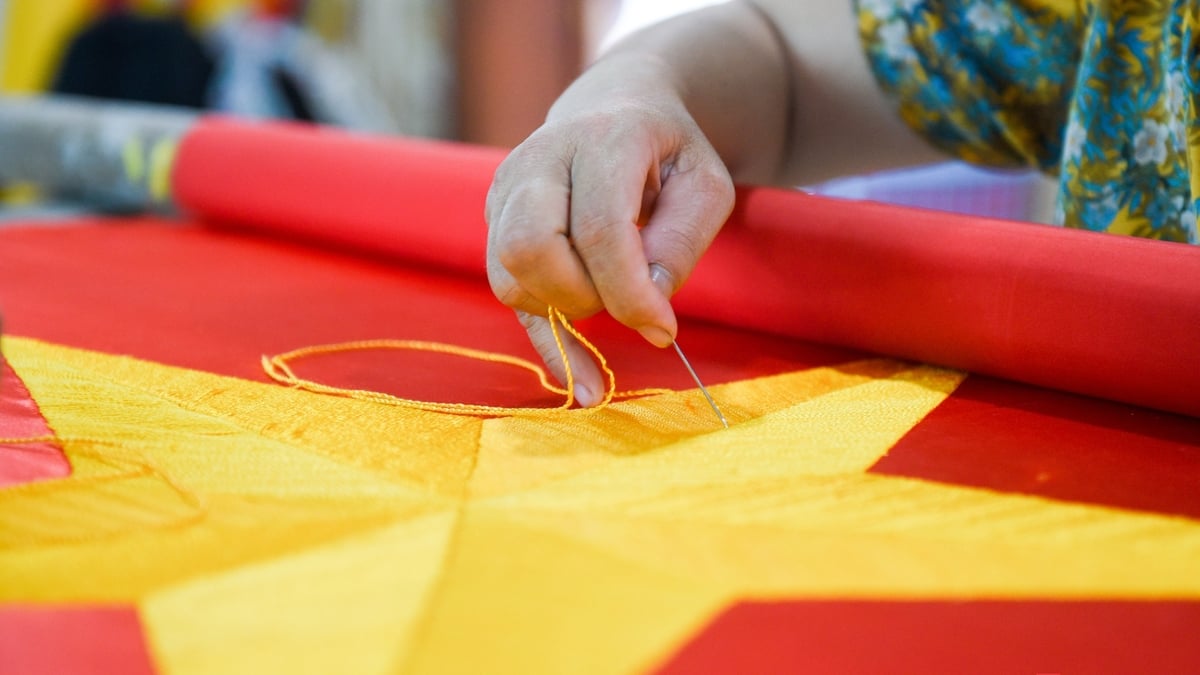































![[Maritime News] Container shipping faces overcapacity that will last until 2028](https://vphoto.vietnam.vn/thumb/402x226/vietnam/resource/IMAGE/2025/7/30/6d35cbc6b0f643fd97f8aa2e9bc87aea)







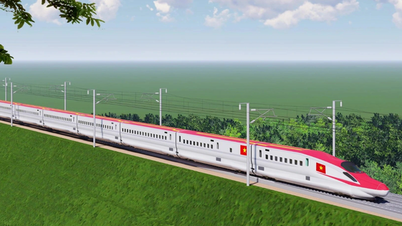



































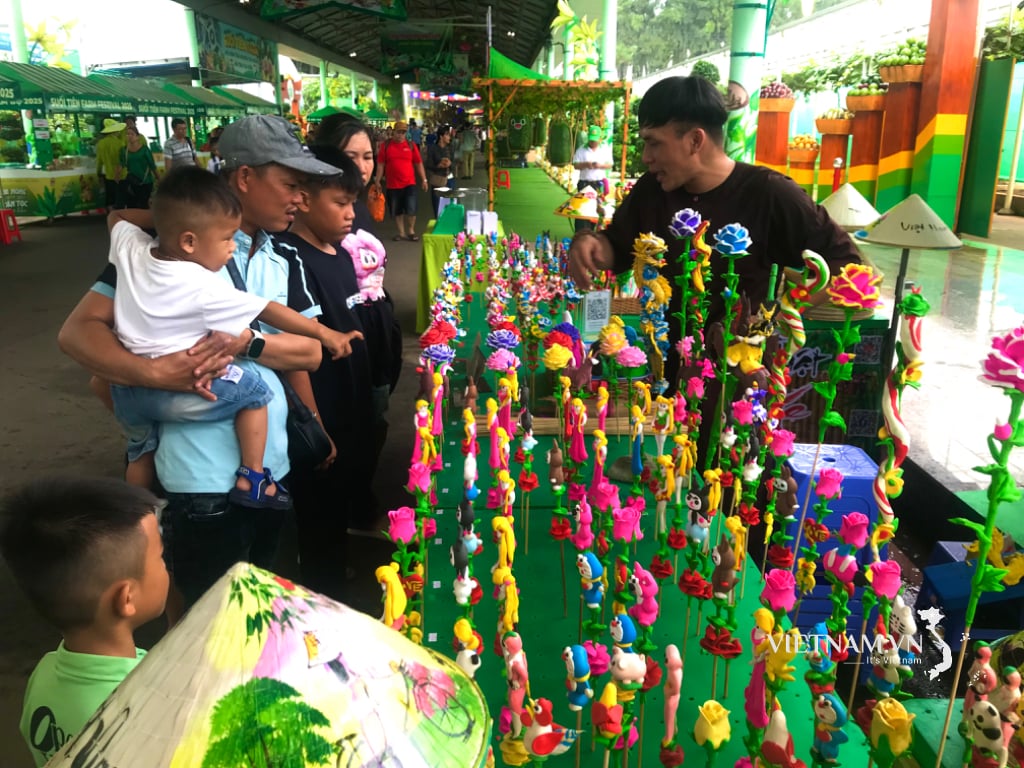
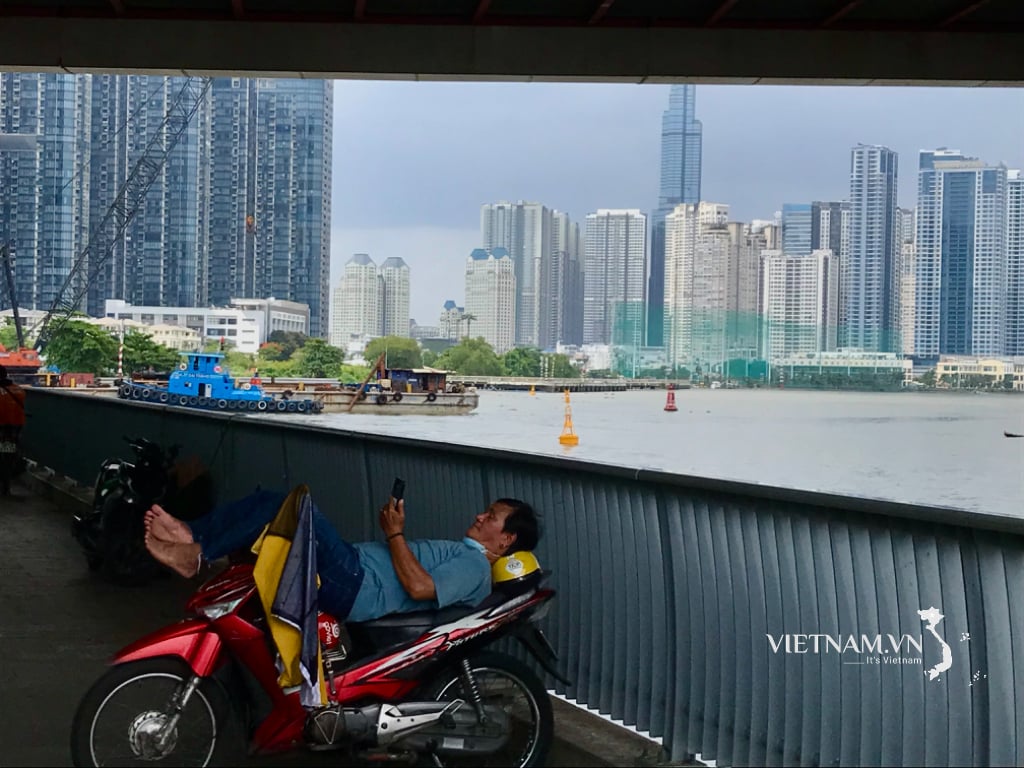
Comment (0)